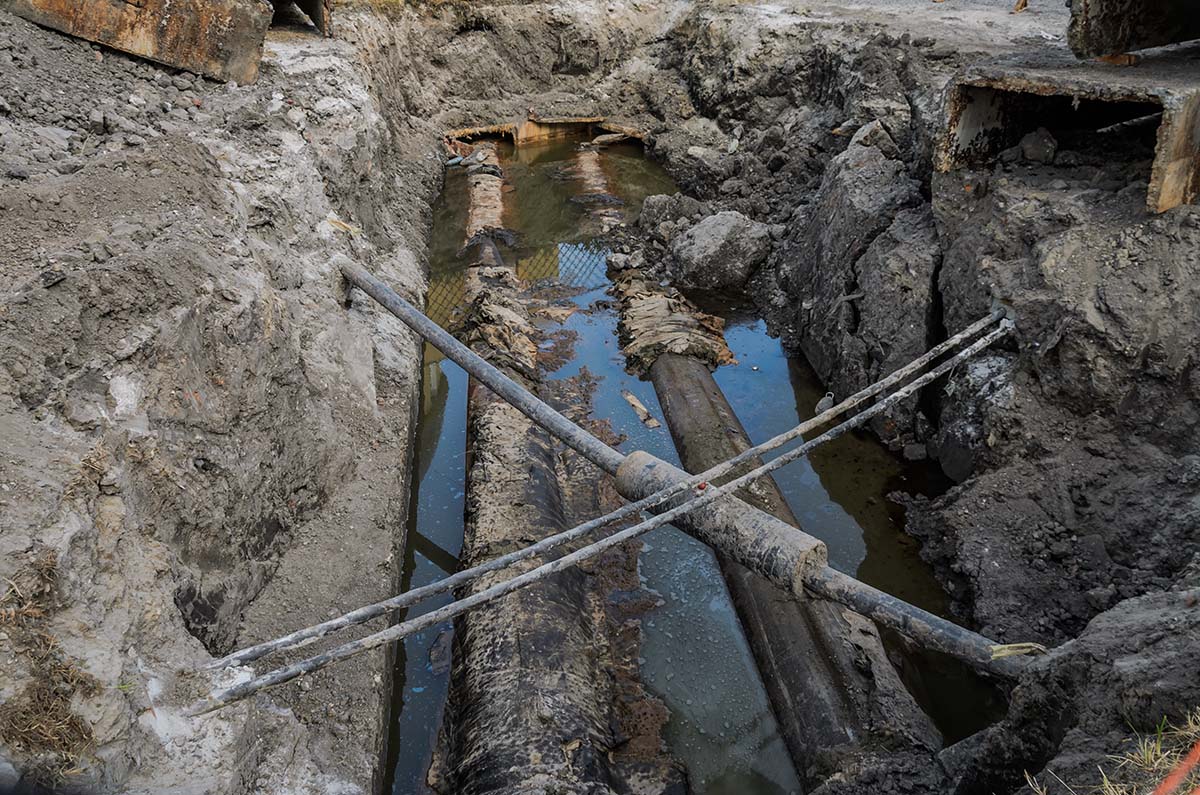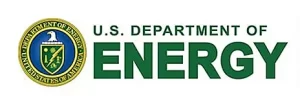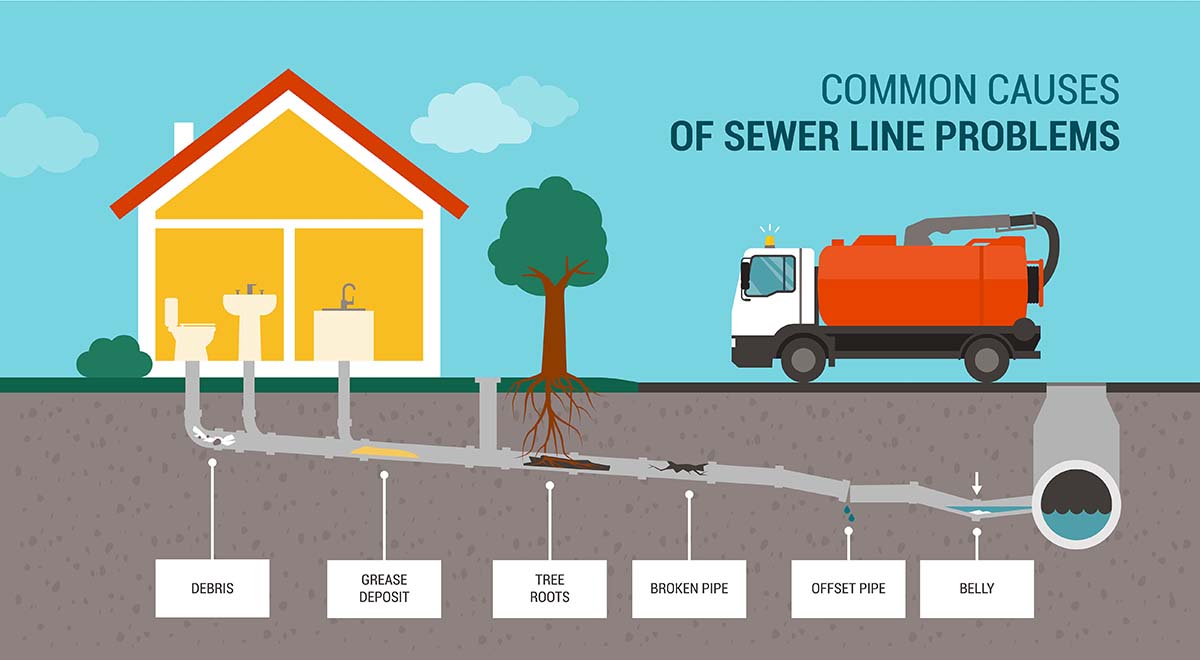How to identify and repair a sewer line belly
Sewer line bellies can be a tricky problem to tackle; if left undetected or untreated, they can cause significant damage to both your home and your wallet. Forbes says it could cost up to $20,000 for a replacement. A sewer line belly is a section of the pipe underneath your property that’s been filled with debris from waste materials and has become curved or bent. This restricts the flow of wastewater and can cause backups in your drains. Identifying and repairing a sewer line belly is no easy task, but it’s not impossible either. In this article, we will go over the best ways to identify and repair a sewer line belly so you can get back to enjoying uninterrupted drainage in your home.
What is a sewer line belly?
A sewer line belly is a sag in the sewer line that can cause problems with drainage. This can be caused by a variety of things, such as ground movement, settlement, or even poor installation. If you have a sewer line belly, it’s important to identify the problem and get it fixed as soon as possible. Otherwise, you could end up with serious damage to your home or business.
How do you identify a sewer line belly?
Before you can identify a sewer line belly, you need to know what one is. A sewer line belly is a low spot in your sewer line where waste can build up and cause a blockage. This is typically caused by a buildup of grease, soap, or other organic material.
If you suspect you have a sewer line belly, there are a few things you can look for:
- A slow drain: If your drains are taking longer than usual to drain, it could be because there’s a blockage further down the line.
- Multiple clogged drains: If more than one drain in your home is clogged, it’s likely that there’s a problem with your main sewer line.
- Sewage backup: This is the most obvious sign that there’s a blockage in your sewer line. If sewage is backing up into your home through the drains or toilets, it means that the line is completely blocked and needs to be repaired immediately.
How do you repair a sewer line belly?
If you think you have a sewer line belly, the first step is to call a professional plumber to come and take a look. They will be able to determine if you actually have a sewer line belly and, if so, what needs to be done to repair it.
There are two main ways to repair a sewer line belly: either by excavating and repairing the pipe or by relining the pipe. Excavation is typically only necessary if the pipe is severely damaged or collapsed. If the damage is not too severe, then relining the pipe may be an option.
Relining involves inserting a new liner into the existing pipe. This liner is then inflated and left in place until it cures. Once it cures, it forms a new, seamless pipe within the old one. This method is less invasive than excavation and can often be completed in just one day.
Whether your sewer line belly is repaired by excavation or relining, the result will be a stronger, longer-lasting sewer line that can handle anything you throw at it!
What are the benefits of repairing a sewer line belly?
A “belly” in a sewer line is a section of pipe that has sunken or collapsed, resulting in a dip in the line. This can cause problems with drainage and may eventually lead to a blockage. Repairing a belly can improve drainage and help prevent future issues.
Conclusion
Identifying and repairing a sewer line belly should be done by a qualified professional Sewer Clog Plumber who has the training and experience needed to properly fix the problem. While it may seem like an easy task, it is important to ensure that everything is done correctly in order to avoid further damage or long-term problems. By being aware of how to identify signs of a sewer line belly, you can protect your home and property from future issues.















